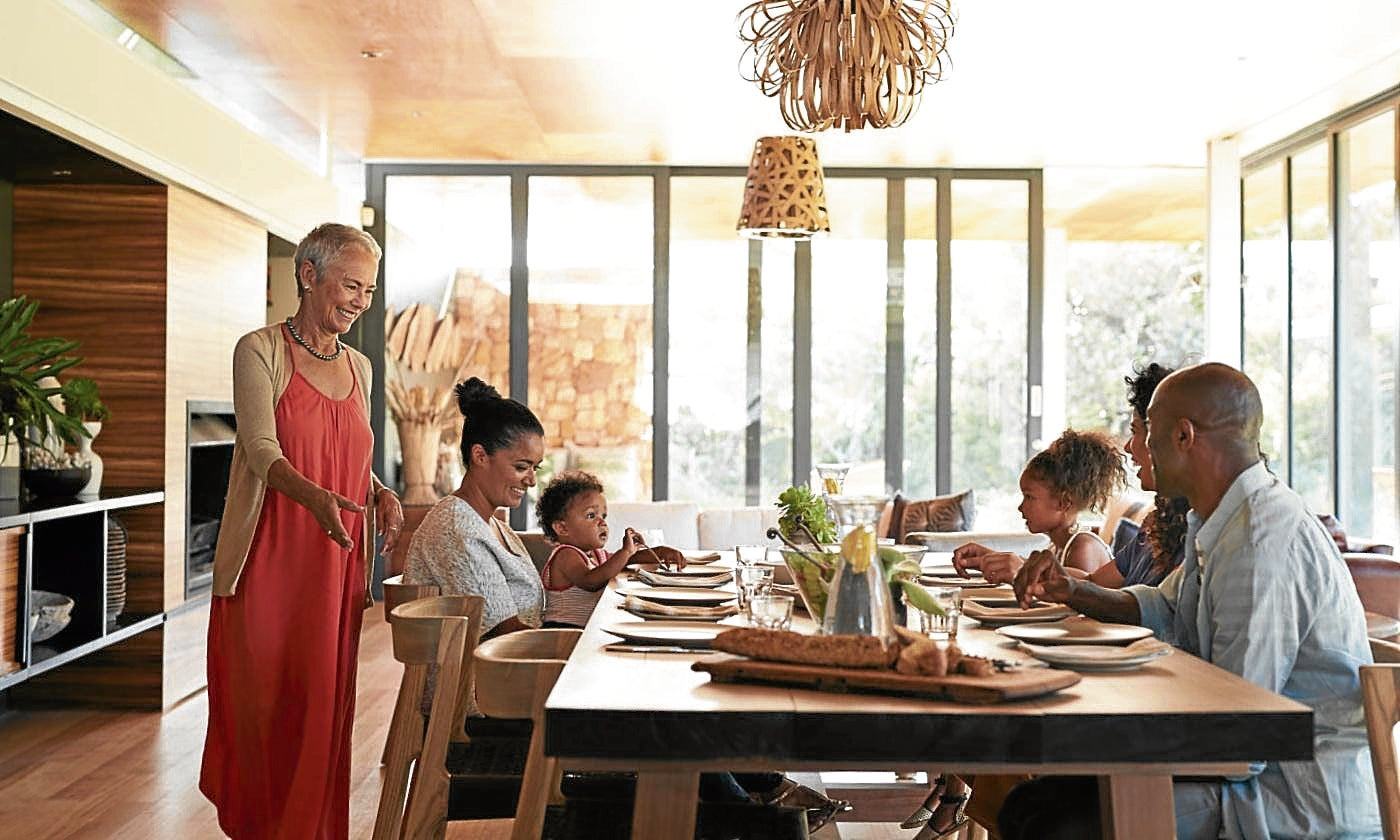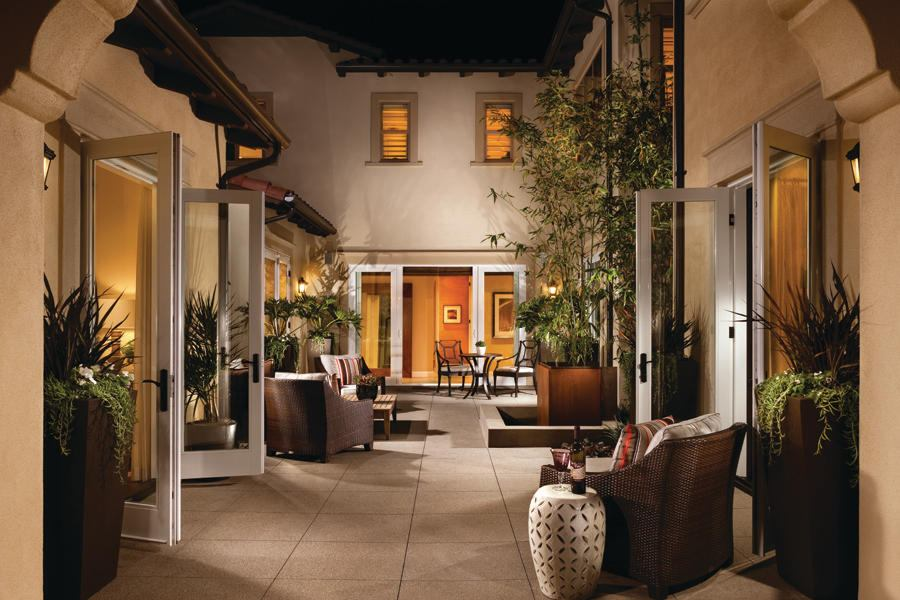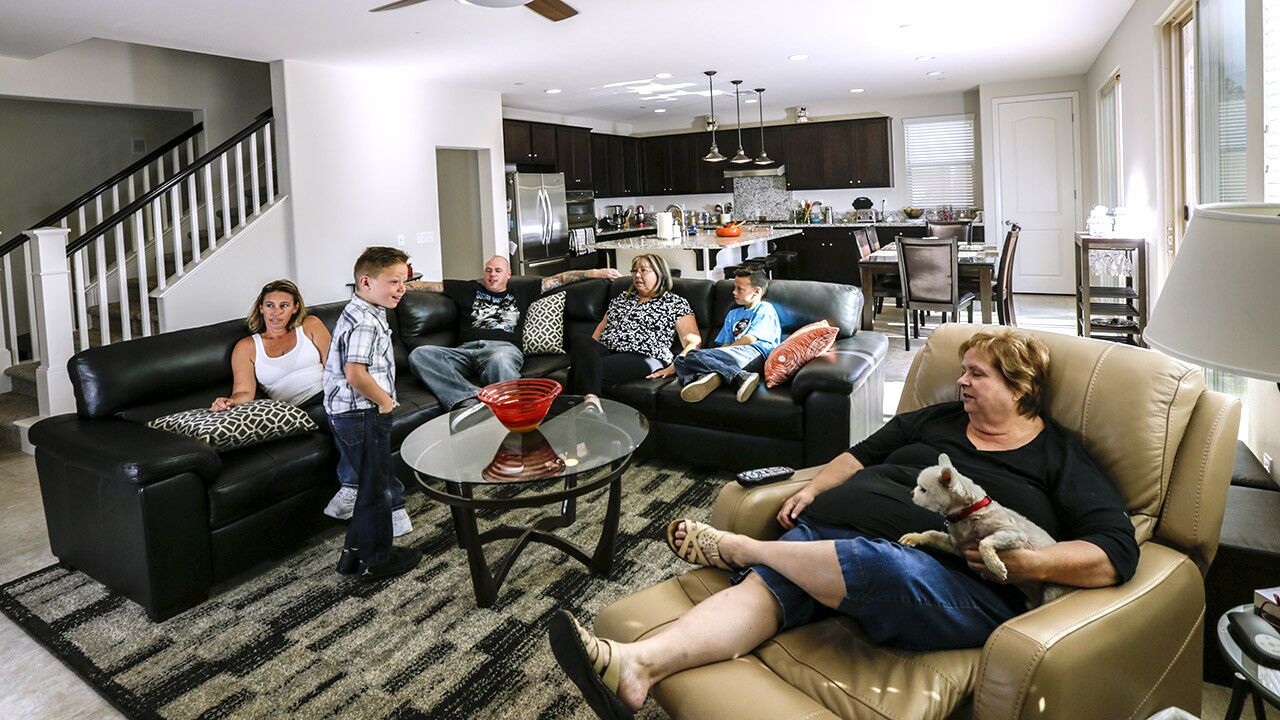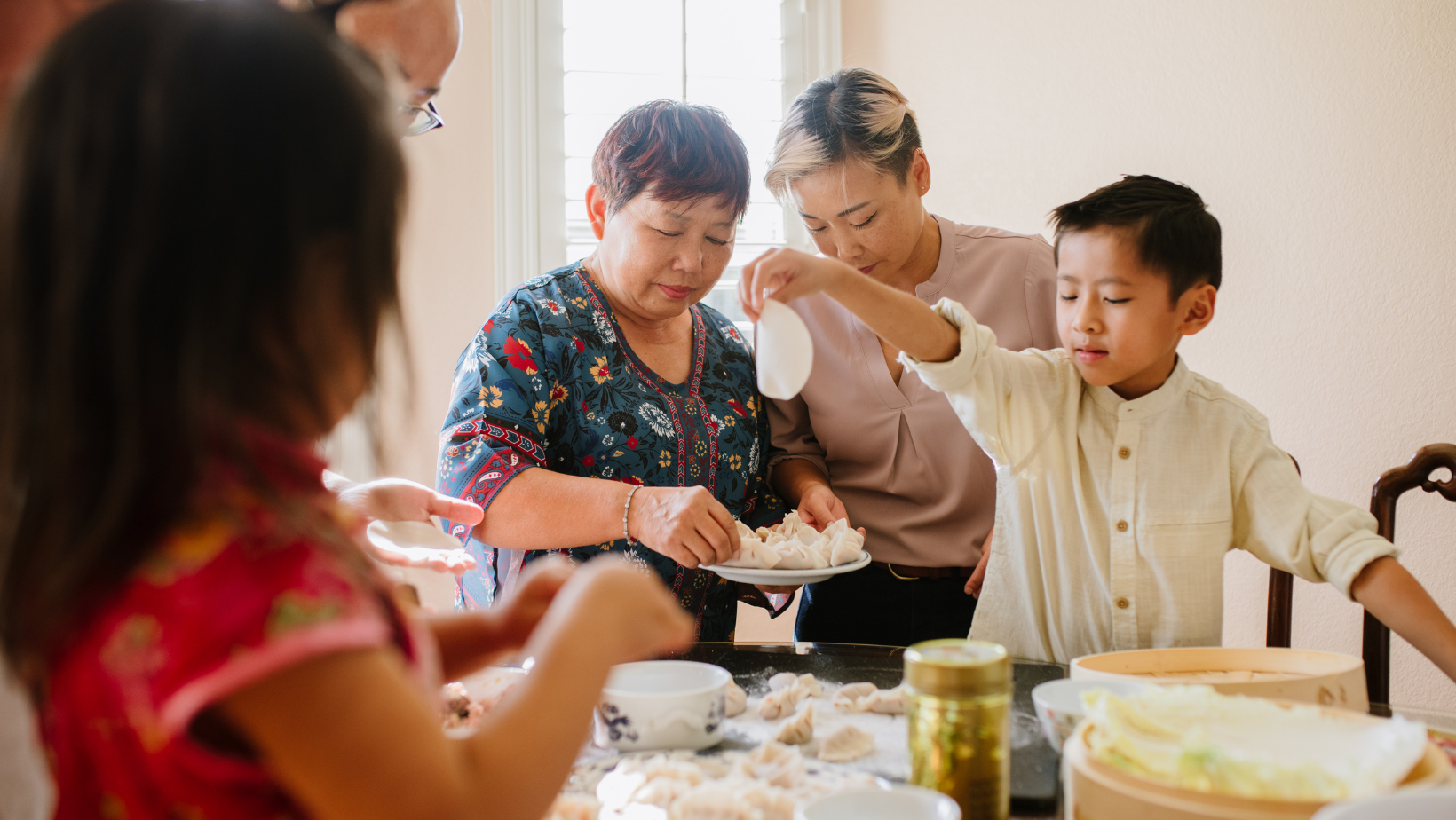A multigenerational house is frequently simply the place where a person already resides. Many families of all ages decide to live together at some point for a variety of reasons. And doing so is extremely typical in many regions of the world.
This frequently occurs in a different residence on the same home site that is referred to as a casita, secondary suite, in-law residence, or warmly as a granny annex. However, a single home can do just fine with several generations residing there.
All you may need to do is adhere to these suggestions if the idea of sharing a home with both young children and elderly relatives makes you emerge from your cave. You may avoid the possible stressors associated with multigenerational houses and make sure that everyone has the room they need to live peacefully with the correct design interventions in plan and interior design. Indeed, it could possibly be the greatest solution for all parties involved.
Here are some key factors and designs for multigenerational living success, whether you’re wondering if current home qualifies or you’re planning a home build or remodel to house extended family.
Keeping all Family Members Satisfied with a Multigenerational Living Design

When we discuss multigenerational housing, we frequently picture individuals from more than two generations living with related children in one home. The total number of loved ones, their interactions, and the actual living arrangements can all vary greatly.
Living arrangements with multiple generations are not a recent development. They actually have been the rule rather than the exception throughout history. Many individual families are now investigating the possibility of establishing a multigenerational home due to demographic and financial concerns. But because land use and building laws might be vague on the matter and there aren’t many design materials accessible, many people are unsure of where to begin.
What is a multi generational living?

A multigenerational home is one where three or more generations reside under the same roof. That typically includes children and two to three generations of related adults.
If you have grandkids, you, your child, both of your partners (if any are around), and your grandchildren are included. If you’re a parent, you, your spouse (if together), your parent or parents, and your children are normally there.
Both sets of in-laws may occasionally reside in a multigenerational home. It might even include an uncle, aunt, or great grandfather!
Different Types of Multigenerational Homes

A multigenerational household can take on a wide range of forms and dimensions. Here are a few examples of typical household kinds.
- Three Generations: Three generations—grandchildren, grown children, and grandparents—make up the most typical multigenerational living situation. In this case, adult children are referred to as the “sandwich generation.”
- Two Grownup Generations: A 2-generation family may consist of both older parents who relocate with their adult children and young adults who continue to live with their parents.
- Kinship families: Kinship families, or grand families raising grandchildren, are a less prevalent type of multi-generational home.
Families may coexist in a multigenerational home beneath a one roof, or there might be a senior living facility on the land. Think of a mother-in-law suite. These living arrangements, no matter what they include, can be quite advantageous for everyone.
Design for Multigenerational Homes:

There are a ton of ingenious suggestions that can help you maximize your multigenerational house and lessen the negative effects.
- Numerous Outdoor Spaces
Sometimes you want to spend time together as a huge family, while other instances you just want to relax in the great outdoors by yourself. Use various porches or patios to give privacy by utilizing the shape of the house.
- Kitchenette facilities
If you share a large family kitchen, it may be worthwhile to add a tiny kitchenette so you can have early-morning coffee or late-night snacks without disturbing other members of the family.
- Kitchen and dining area together
featuring split-level bedrooms. This design is common because it allows you to gather the family around the kitchen while still allowing for privacy in the separated sleeping and bathroom areas. The kitchen is perhaps the most pricey room in the house, thus sharing it results in financial savings.
- Soundproofing Interior flooring and walls.
It’s ideal for soundproofing between living spaces because one of the biggest drawbacks of multigenerational home construction is loss of privacy. We advise at a minimum soundproofing all floors and walls dividing bathrooms from bedrooms.
- Separate laundries
Having your own personal area to take care of your clothes without worrying about someone else trying to do laundry at the same time is another part of privacy and stress reduction.
- Plenty of bedrooms
The conversion of a bedroom into a different area, such as a workspace, study, multimedia room, etc., is considerably simpler.
than it is to convert a room into a bedroom. Be sure to take resale value into account. Many prospective buyers would not want to spend more money on a home with fewer bedrooms but a higher square footage.
- Different entrances and exits.
You really must have this luxury because it permits you to enter and exit in peace and quiet. Parents, adult child, and youngsters, especially the elderly, now enjoy simple access to the home.
Another important factor is that doorways need to be wider than 40 inches so that wheelchairs and, if required, emergency personnel with equipment can enter and exit with ease.
- More secured stairs and doorways
Homes for multiple generations are unlikely to be completely on one level. However, if an apartment with stairs is something you’re thinking about, make sure the main level has at least a single bedroom and a bathroom.
Painting the banister another hue from the wall to make it easier to notice will make the stairs safer. Additionally, she advises pushing the door’s frame backward to create a landing area whenever there is a door at the top of a flight of steps but no landing room before the first step. By doing this, when an elderly individual opens the door, they get themselves comfortable and then choose to go down those steps
- Build enough bathrooms
The bathroom is the most crucial room in the house, as anyone who has ever resided as a family in a house with only one bathroom will attest. Keeping restrooms a priority is essential for a happy, peaceful family because adding another generation will just add to the stress.
More than just functionality is important in today’s restrooms. Bathrooms can occasionally be functional areas, but given the chance, they can also be a haven that symbolizes the uniqueness of the various generations, while also serving their distinct needs and significantly increasing their experience of daily life.
Advantages of Multigenerational Homes

Living with multiple generations has a wide range of advantages. The most noticeable benefit is probably the emotional support and closeness that comes from family relationships, which can improve general happiness and health outcomes like vitality and psychological health.
A household with many generations may also share tasks and resources more effectively than one without. Additionally, this arrangement enables seniors to maintain relationships with their young ones and grandkids while still receiving much-needed break from caregiving responsibilities in their later years. Here are a few advantages.
- Develop Closer Bonds with Others
Living with family allows you to spend time together and foster ties, which is a good perk. Seniors can communicate on different scales than they would normally be able to with their grandchildren as well as their own children. Seniors can add fresh insight to discussions, impart priceless knowledge, transmit traditions, and instill qualities in younger generations. And this engagement can help elderly family members rediscover their sense of importance and purpose.
As elders reassess their priorities, being able to spend meaningful time with loved ones is a big reason behind multigenerational houses. Seniors frequently accompany their adult child and grandchildren so that they can see them develop and be a part of it.
- Finances Made Less Onerous
Seniors on fixed incomes may find it difficult for them to make ends meet due to increased housing and basic item prices. Both the elderly person and their adult offspring can save money by living in with family members. The cost of food, bills, and other expenses can be shared by all. Additionally, elders can avoid the high costs associated with entering a nursing home or assisted living facility.
However, money issues can also lead to a lot of disagreements. Because of this, it’s crucial for relatives to be open regarding their finances and collaborate to establish defined financial roles.
- Eliminate Loneliness
In their latter years, many elders struggle with isolation and loneliness. However, houses with adults, kids, and grandchildren might help seniors feel more at home. Living with many generations makes it easier to overcome feelings of loneliness, melancholy, and anxiety since there will always be someone nearby.
Additionally, elderly and their offspring both avoid loneliness. Seniors who occasionally watch the children can assist. The knowledge that somebody is at the residence after class or when running errands can provide families peace of mind and ensure that their children won’t be left alone.
- Shared obligations
Families can share tasks when they live together, making life easier for everyone. For instance, grandma might love preparing a meal for the family while her son shops and the grandchildren prepare the table. There are more helpful arms who step in and get stuff done when there are more people living there.
Having an elderly loved one at home, however, might put more burden on the family if the senior needs a lot of love and care. However, it is simpler to manage the responsibilities when the loved one is nearby as opposed to across the nation or even across town.
Wrapping up

Living with three generations under one home may sound difficult, but there are benefits as well. All family member may profit financially from it, and the property’s size and location will both improve. Families wishing to divide out tasks like childcare or caring for older relatives or other family members may find it handy as well.
As you realize, living in a multigenerational households has numerous design features and advantages. Everyone will enjoy their time in your home if you take into account the needs of all generations and make sure they are all content with their living arrangements. Additionally, if you want to choose a reputable condo with a proven track record, Asterra is one of the greatest condo selections in the entire country. In Asterra, the appeal of the countryside coexists peacefully with contemporary amenities. a place where nicer homes and better lives are built.
Written by Mat Balbin





